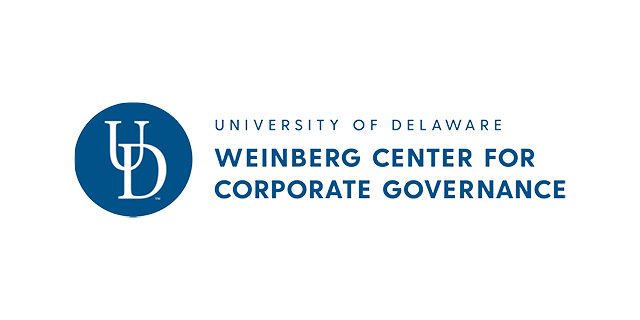Board Refreshment and Evaluations
August 05, 2022 | Report
This report provides insights about board refreshment policies and practices, as well as director evaluations at S&P 500 and Russell 3000 companies. Our findings are based on data pulled on July 7, 2022, from our live, interactive online dashboard powered by ESGAUGE as well as a Chatham House Rule discussion with leading in-house corporate governance professionals held in April 2022. Please visit the live dashboard for the most current figures.[1]
AUTHOR
-
Complimentary.















